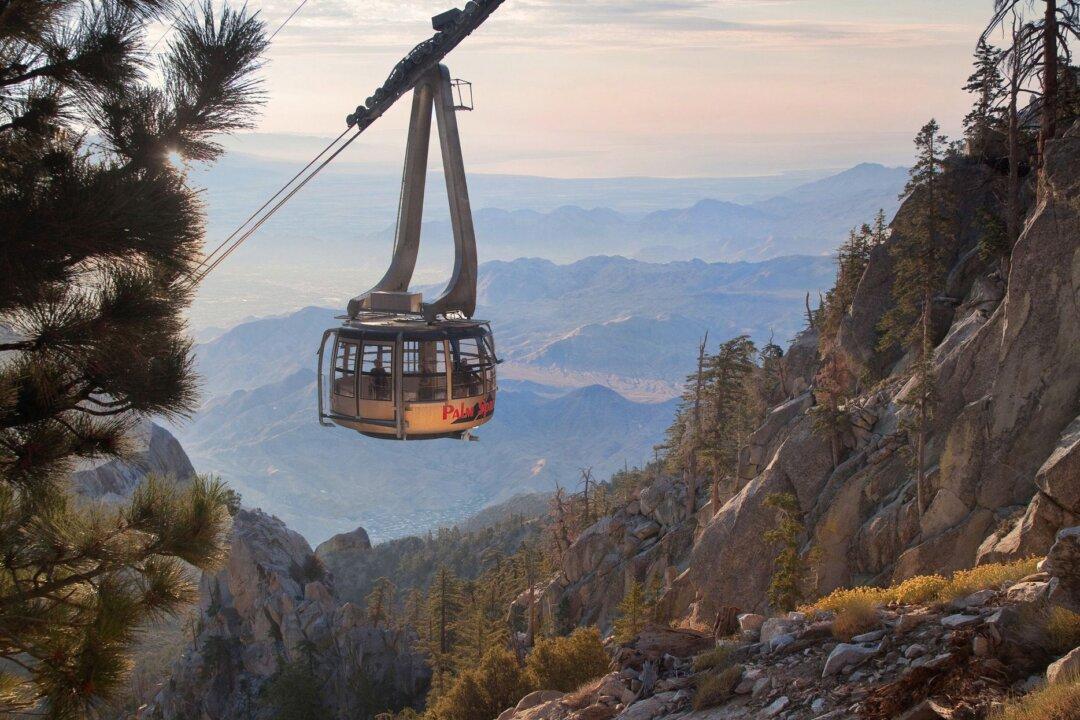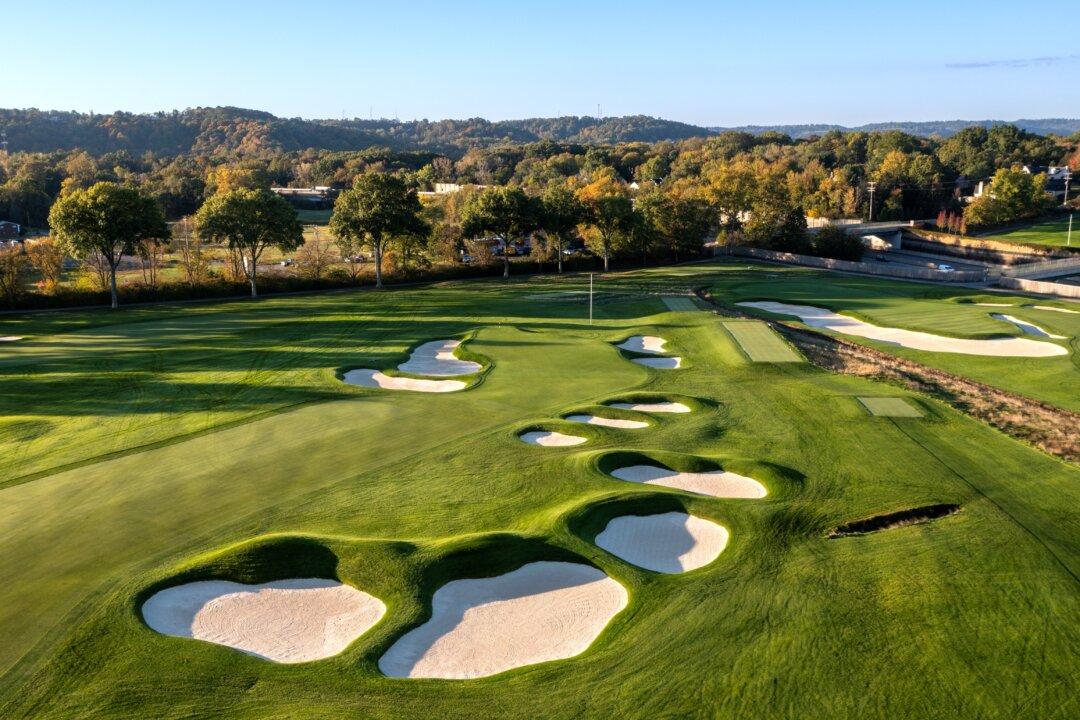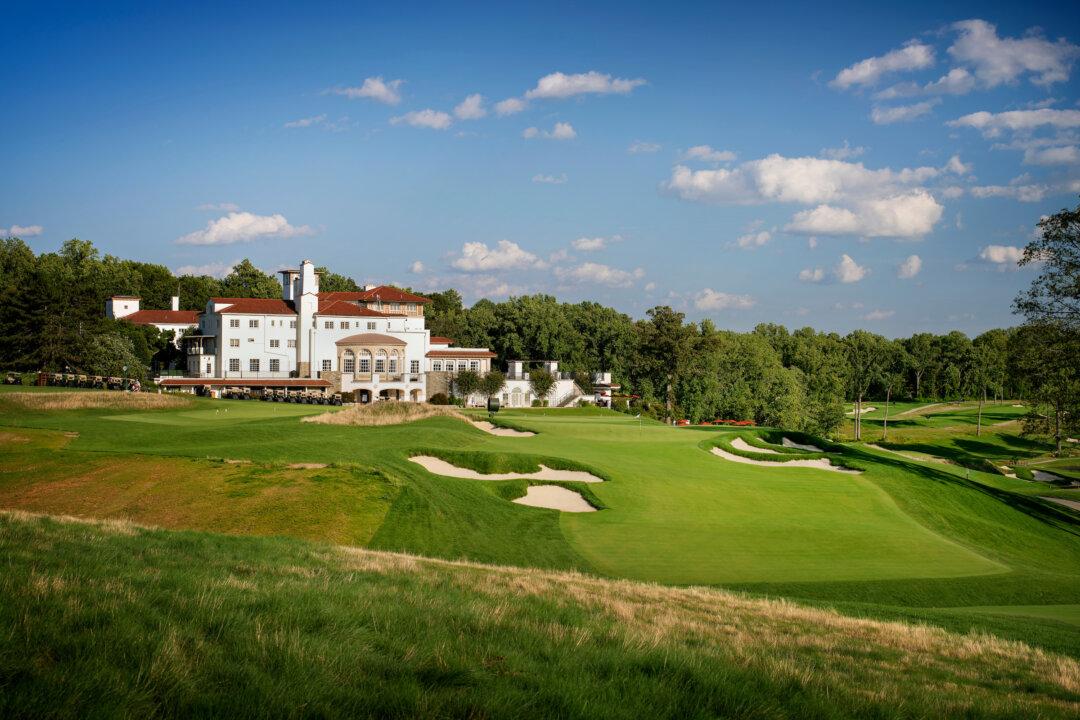There are distinct differences between the California desert communities of Palm Springs and Borrego Springs, but they both offer a bonanza for the visitor seeking to maximize the core qualities each so uniquely provides.
Palm Springs is a mature desert getaway that has morphed into a vibrant year-round enclave. There’s a plethora of things to do for those who must remain “connected” to the 24/7 world.
Borrego Springs, on the other hand, located roughly 90 minutes away, is much smaller, and harkens to a time when life was more laid back. It’s a good destination for those seeking a respite while relishing the value of being off the grid in order to replenish mind and body.
Both have their own unique style, and can easily be visited on the same trip.







